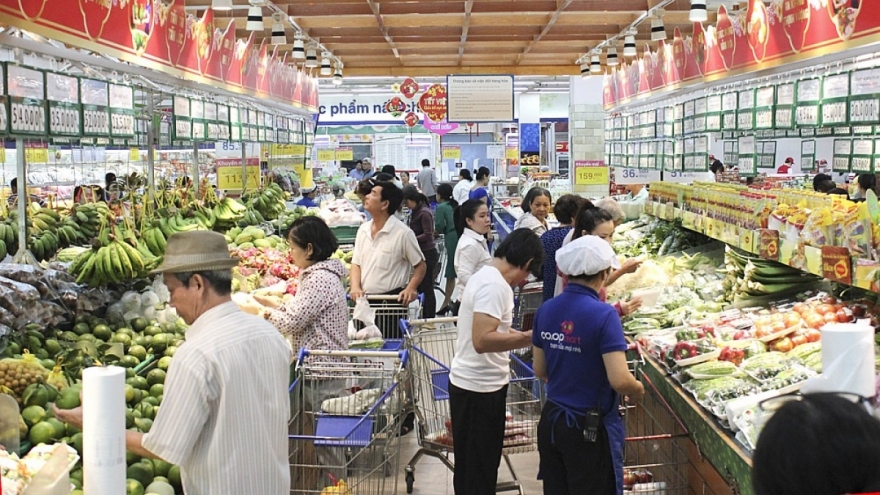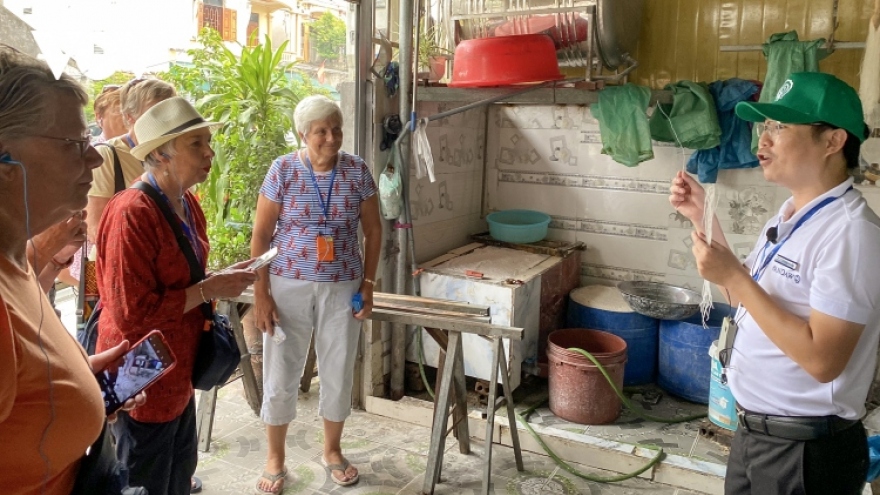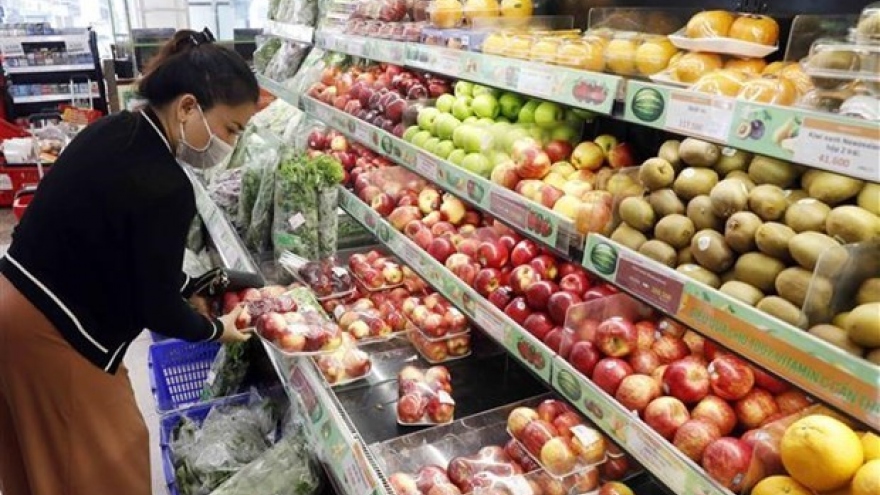Tag: tourism revenue

Localities gearing up for peak tourism season
Localities are diversifying tourism products and stepping up promotion activities to attract both domestic and foreign holidaymakers in the remaining months of this year.

HCM City earns high revenue from tourism on National Day
VOV.VN - Ho Chi Minh City earned approximately VND2.9 trillion in tourism revenue during the course of the four-day National Day holiday.

Big cash for Hanoi tourism during National Day holiday
VOV.VN - The Hanoi Department of Tourism has reported that the total revenue from tourism services over the four-day National Day holiday is estimated to have reached VND2,000 billion (US$83 million), up 54% over the same period from 2022.

Goods retail sales and service revenue rise by almost 11% in H1
VOV.VN - The total retail sales of goods and consumer service revenue saw a year-on-year increase of 10.9% to reach over VND3 quadrillion during the first half of the year, the General Statistics Office (GSO) reported.

Vietnam welcomes 4.6 million foreign tourists over five-month period
VOV.VN - The country welcomed a total of 4.6 million foreign visitors during the initial five months of the year, a figure 12.6 times higher than that of the same period from last year, or around 63% of pre-pandemic levels recorded back in 2019.

Goods retail sales, service revenue rise almost 14% in Q1
Total retail sales of goods and consumer service revenue increased 13.9% year on year to over VND1.5 quadrillion (US$63.9 million) in the first quarter of 2023, compared to the 5% growth in the same period of 2022, the General Statistics Office (GSO) reported.

Da Nang welcomes 742,500 visitors in first two months
The central city of Da Nang welcomed about 742,500 visitors, including 195,300 foreign ones, in the first two months of this year, according to the city’s Department of Tourism.

Hanoi’s tourism sector rakes in over VND1 trillion during Tet holiday
VOV.VN - Hanoi capital has welcomed roughly 332,000 visitors, including 32,000 international guests, during the Lunar New Year holiday from January 21 to January 26, with total tourism revenue anticipated to reach more than VND1 trillion.

HCM City’s tourism sector pockets over US$250 mln on New Year holiday
Ho Chi Minh City, the largest city of Vietnam, earned over VND5.9 trillion (US$251 million) from tourism services during the New Year holiday from December 31 to January 2.

Sa Pa welcomes nearly 42,000 visitors during New Year holiday
VOV.VN - The globally-renowned tourist resort of Sa Pa in the northern province of Lao Cai has received approximately 42,000 visitors during the three-day New Year break from December 31 to January 2, a figure 2.7 times higher than the same period from 2022.









